Imagine this: you’re deep in the woods, the campfire’s crackling, and you reach into your cooler for a frosty drink—only to find it’s still ice-cold after three days. Or maybe you’re cruising down a sun-soaked highway, pulling over for a picnic with perfectly chilled sandwiches. That’s the magic of a great portable cooler. Whether you’re camping under the stars or road-tripping across the country, a reliable cooler is your best friend for keeping food and drinks fresh. But with so many options out there, how do you pick the right one? Let’s dive into the world of portable coolers, breaking down what makes them tick and which ones stand out in 2025.
Why You Need a Portable Cooler
Let’s be real—nobody wants warm soda or soggy sandwiches on a camping trip. A portable cooler isn’t just a luxury; it’s a game-changer for outdoor adventures. It keeps your food safe, your drinks refreshing, and your vibe high. Coolers protect perishable items like meat and dairy, which is critical when you’re miles from the nearest fridge. Plus, they’re versatile enough for everything from a weekend in the wilderness to a cross-country road trip. The right cooler can even double as a seat or a table in a pinch. So, why settle for lukewarm when you can have ice-cold perfection?
Key Features to Look for in a Cooler
Not all coolers are created equal. To find the best one for your camping or road trip, you need to focus on a few key features that make a difference. Let’s break them down.
Insulation and Ice Retention
Insulation is the heart of any cooler. It’s what keeps your ice from turning into a sad puddle. High-end coolers use thick polyurethane foam and rotomolded construction to lock in cold air, often keeping ice intact for up to a week. For example, the Yeti Roadie 48 can hold temperatures below 40°F for nearly seven days, while budget options like the Coleman Portable Rolling 50 manage about four days. If you’re planning a multi-day camping trip, prioritize coolers with superior insulation to avoid constant ice runs.
Size and Capacity Considerations
Size matters, but bigger isn’t always better. A 65-quart cooler is great for a family camping trip, but it’s overkill for a solo day at the beach. Think about your group size and trip length. A 40-50 quart cooler is a sweet spot for most multi-day trips, holding enough for 4-6 people. For shorter outings, a 20-30 quart model like the Yeti Roadie 24 is compact yet functional, fitting 33 cans or 26 pounds of ice. Always check the internal capacity, as thick insulation can reduce usable space.
Portability and Ease of Transport
Ever tried lugging a 50-pound cooler across a sandy beach? It’s not fun. Portability is key, especially for road trips and remote campsites. Look for coolers with sturdy handles, wheels, or backpack straps. Wheeled models like the RovR RollR 60 make transporting heavy loads a breeze, even on uneven terrain. Lightweight options, like the RTIC 52 QT Ultra-Light at 21 pounds, are easier to carry but may sacrifice some insulation. Choose based on how far you’ll need to haul your cooler.
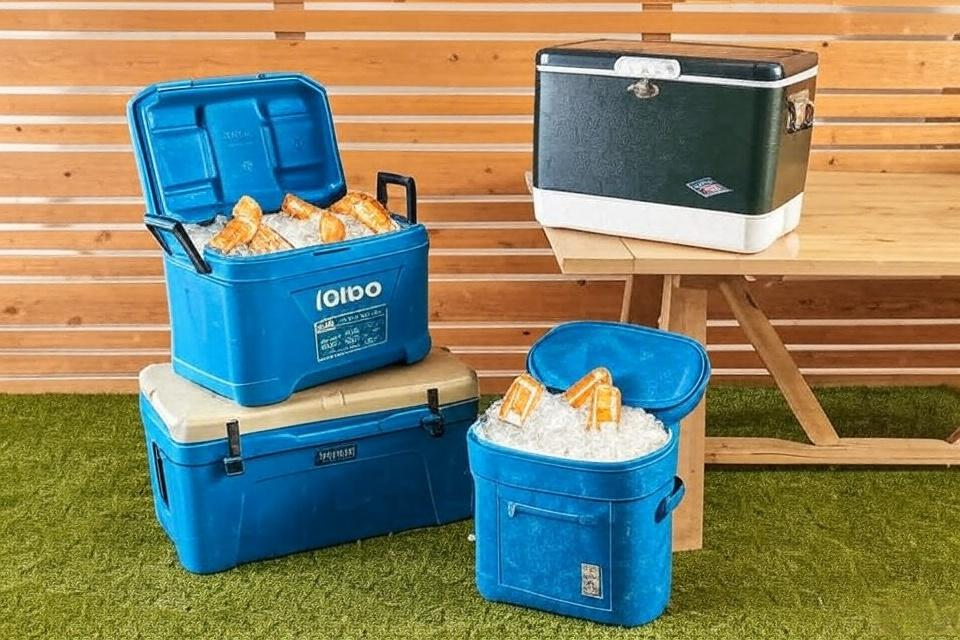
Durability for Outdoor Use
Camping and road trips can be tough on gear. A flimsy cooler won’t survive being tossed in a truck bed or dragged through the dirt. Rotomolded coolers, like those from Yeti and Orca, are virtually indestructible, with thick plastic walls that withstand impacts and rough handling. Budget models, like the Igloo ECOCOOL, use lighter materials but may crack under heavy abuse. If you’re adventuring in rugged environments, invest in a cooler built to take a beating.
Types of Portable Coolers
Coolers come in different flavors, each with its own strengths. Let’s explore the main types to help you decide which fits your vibe.
Hard-Sided Coolers
Hard-sided coolers are the heavyweights of the cooler world. Built with thick insulation and tough materials, they’re perfect for long camping trips where ice retention is critical. They’re also durable enough to double as a seat or step stool. The downside? They’re heavy and bulky, making them less ideal for short trips or tight car trunks. The Yeti Tundra 45, for instance, is a beast for multi-day adventures but weighs 23 pounds empty.
Soft-Sided Coolers
Soft-sided coolers are the lightweight, packable cousins of hard-sided models. They’re great for day trips, picnics, or road trips with limited space. With insulated nylon or polyester shells, they can keep ice for up to two days. The RTIC Soft Pack 30, for example, holds 30 cans and floats if it falls overboard. However, they lack the durability and long-term ice retention of hard-sided coolers, so they’re best for shorter outings.
Electric Coolers
Electric coolers are like mini-fridges for your car or campsite. Powered by your vehicle’s 12V outlet or a portable power station, they don’t need ice, making them ideal for long road trips. The Dometic CFX3 45 can chill down to -7°F and even make ice. The catch? They’re pricier and heavier, and you’ll need a reliable power source. If you’re car camping or road-tripping with access to electricity, these are a game-changer.
Top Picks for 2025
After digging through reviews and testing data, here are the best portable coolers for camping and road trips in 2025. These picks balance performance, portability, and value.
Best Overall Cooler
The Yeti Roadie 48 Wheeled Cooler is the king of versatility. With seven days of ice retention, a 48-quart capacity, and rugged rotomolded construction, it’s built for everything from beach days to week-long camping trips. Its telescoping handle and durable wheels make transport a breeze, even on sand or gravel. At 26 pounds empty, it’s not the lightest, but its bear-resistant design and top-tier insulation make it worth the investment for serious adventurers.
Best Budget Cooler
For those watching their wallet, the Igloo ECOCOOL 52 delivers solid performance at a fraction of the price. This lightweight cooler (9.84 pounds) holds ice for up to three days and fits 52 quarts of food and drinks. While it lacks the durability of premium models, its eco-friendly foam insulation and affordable price make it a great choice for casual campers or day-trippers.
Best Electric Cooler
The Dometic CFX3 45 is a road-tripper’s dream. This compressor-powered cooler holds 47 quarts and can freeze contents to -7°F without ice. It’s perfect for car camping or long drives, with AC/DC cords and a smart battery protection system to prevent draining your car’s battery. At 47 pounds, it’s heavy, but its ability to stay cold for hours without power makes it a top pick for tech-savvy travelers.
Best Soft-Sided Cooler
The RTIC Soft Pack 30 is a lightweight champ for day trips or short road trips. Weighing just 4 pounds, it holds 30 cans and keeps ice for up to 24 hours thanks to its welded seams and waterproof zipper. It’s easy to carry with padded straps and even floats, making it ideal for beach days or river floats. It’s not built for multi-day trips, but for portability and value, it’s hard to beat.
How to Pack a Cooler Efficiently
A cooler is only as good as how you pack it. Here’s how to maximize its performance.
Pre-Chilling and Ice Ratios
Before loading your cooler, chill it with ice or cold packs for a few hours. This lowers the internal temperature, so your ice lasts longer. When packing, use a 2:1 ice-to-food ratio—twice as much ice as contents—for optimal cooling. Frozen water bottles work great, doubling as ice packs and drinks later. Pre-chill food and drinks, too, to avoid wasting ice on warm items.
Organizing Food and Drinks
Keep things tidy to minimize opening the cooler, which lets cold air escape. Use a dry basket (if included) for snacks or items you grab often. Pack perishables like meat at the bottom, where it’s coldest, and drinks near the top for easy access. Zip-lock bags or containers keep food dry as ice melts. Pro tip: pack a separate small cooler for drinks to avoid opening the main one too often.
Cooler Maintenance and Care
A good cooler can last years with proper care. Here’s how to keep it in top shape.
Cleaning After Use
After every trip, empty your cooler and clean it thoroughly. Mix warm water with mild dish soap and scrub the interior with a sponge. For tough odors, add a splash of vinegar or baking soda. Rinse well and let it air dry with the lid open to prevent mold. Avoid harsh chemicals, as they can damage seals or insulation.
Storing for Longevity
Store your cooler in a cool, dry place, like a garage or basement. Keep the lid slightly ajar to allow airflow and prevent musty smells. For hard-sided coolers, check hinges and latches for wear and lubricate them with silicone spray if needed. Soft-sided coolers should be fully dried and folded flat to save space.
Cooler Safety Tips for Camping
Safety first, especially in the wild. A cooler full of food can attract unwanted guests, so take precautions.
Bear-Resistant Coolers
In bear country, a bear-resistant cooler is non-negotiable. Models like the Yeti Tundra 45 are certified by the Interagency Grizzly Bear Committee, meaning they can withstand a bear’s attempt to break in. Always secure the cooler with a padlock and store it in a vehicle or bear-proof box at night. Never keep food in your tent—it’s an invitation for trouble.
Environmental Considerations
Coolers can be eco-friendly if you choose wisely. Look for models like the Igloo ECOCOOL, which uses recycled materials and sustainable foam insulation. Avoid single-use ice packs and opt for reusable ones or frozen water bottles. When camping, pack out all trash and dispose of melted ice water responsibly to avoid polluting natural areas.
Conclusion
Choosing the best portable cooler for camping and road trips comes down to your needs—whether it’s the rugged durability of a Yeti Roadie 48, the budget-friendly Igloo ECOCOOL, or the ice-free convenience of a Dometic CFX3 45. Focus on insulation, size, portability, and durability to find your perfect match. Pack smart, clean thoroughly, and stay safe in the wild, and your cooler will be your trusty sidekick for countless adventures. Ready to hit the road or pitch a tent? Grab a cooler and keep the good times chilled!
FAQs
- How long can a cooler keep ice during a camping trip?
It depends on the cooler’s insulation and how you pack it. Premium models like the Yeti Roadie 48 can keep ice for up to seven days, while budget options like the Igloo ECOCOOL last about three days. Pre-chilling and using a 2:1 ice-to-food ratio help extend ice life. - Are electric coolers worth the investment for road trips?
Absolutely, if you have access to power. Electric coolers like the Dometic CFX3 45 don’t need ice, saving space and mess. They’re pricier but ideal for long drives or car camping where you can plug into a 12V outlet. - Can soft-sided coolers handle rugged camping trips?
They’re better for shorter trips or less rugged environments. Soft-sided coolers like the RTIC Soft Pack 30 are lightweight and portable but lack the durability and ice retention of hard-sided models for extended camping. - How do I know if a cooler is bear-resistant?
Look for certification from the Interagency Grizzly Bear Committee. Coolers like the Yeti Tundra 45 meet these standards, ensuring they can withstand bear attempts to break in. Always lock and store them properly in bear country. - What’s the best way to prevent leaks in a cooler?
Use a cooler with a tight seal or waterproof zipper, like the RTIC Soft Pack 30. Pack food in sealed containers or zip-lock bags, and don’t drain melted ice water—it helps keep the remaining ice cold.
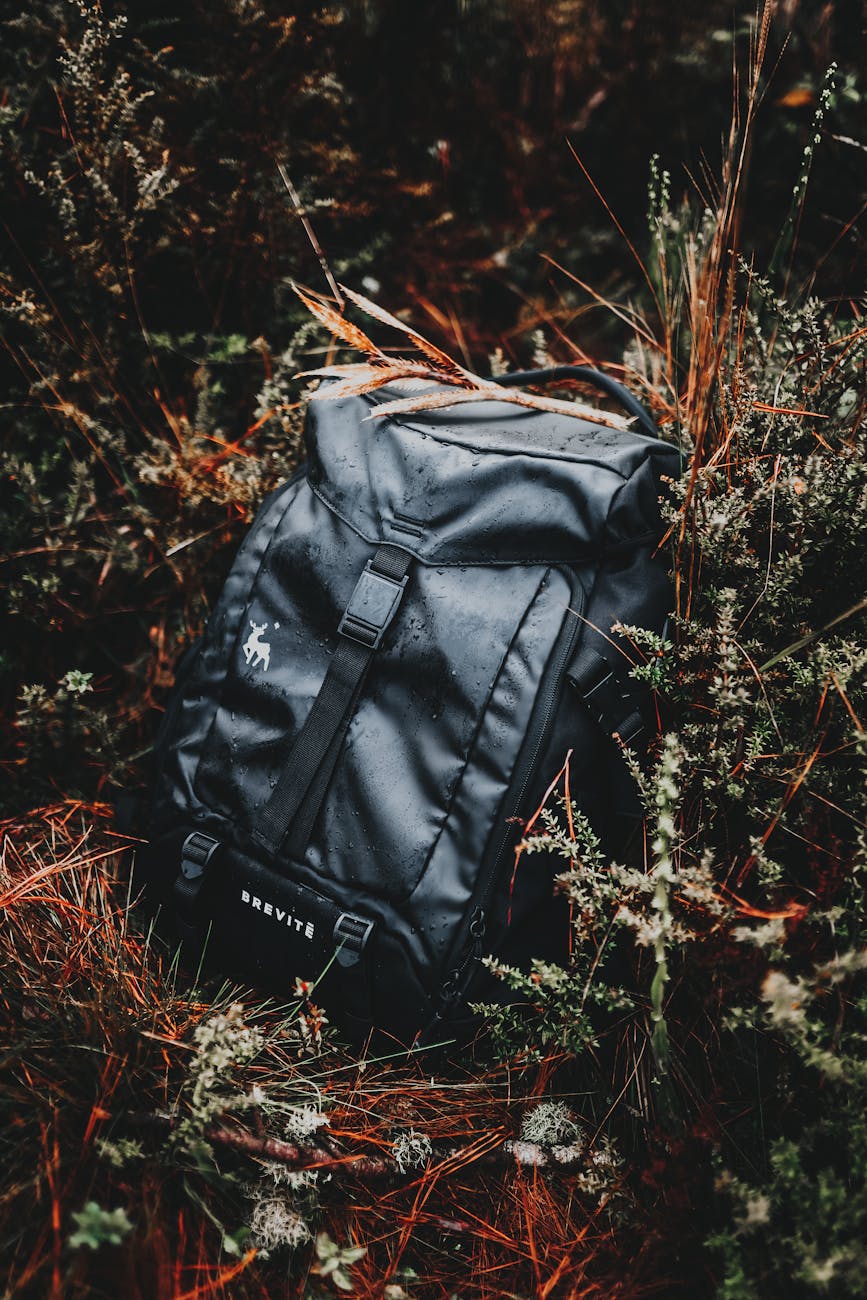
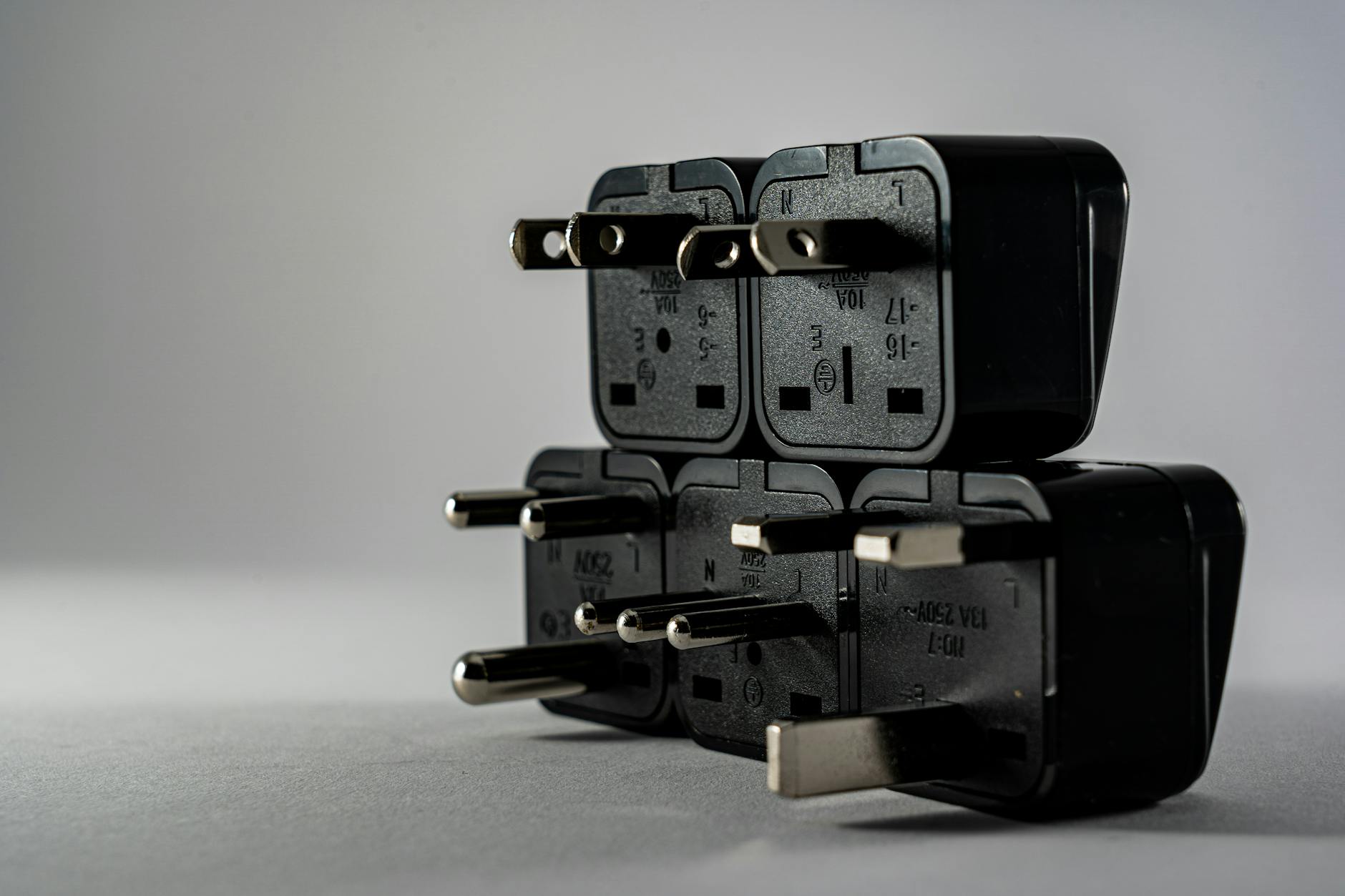
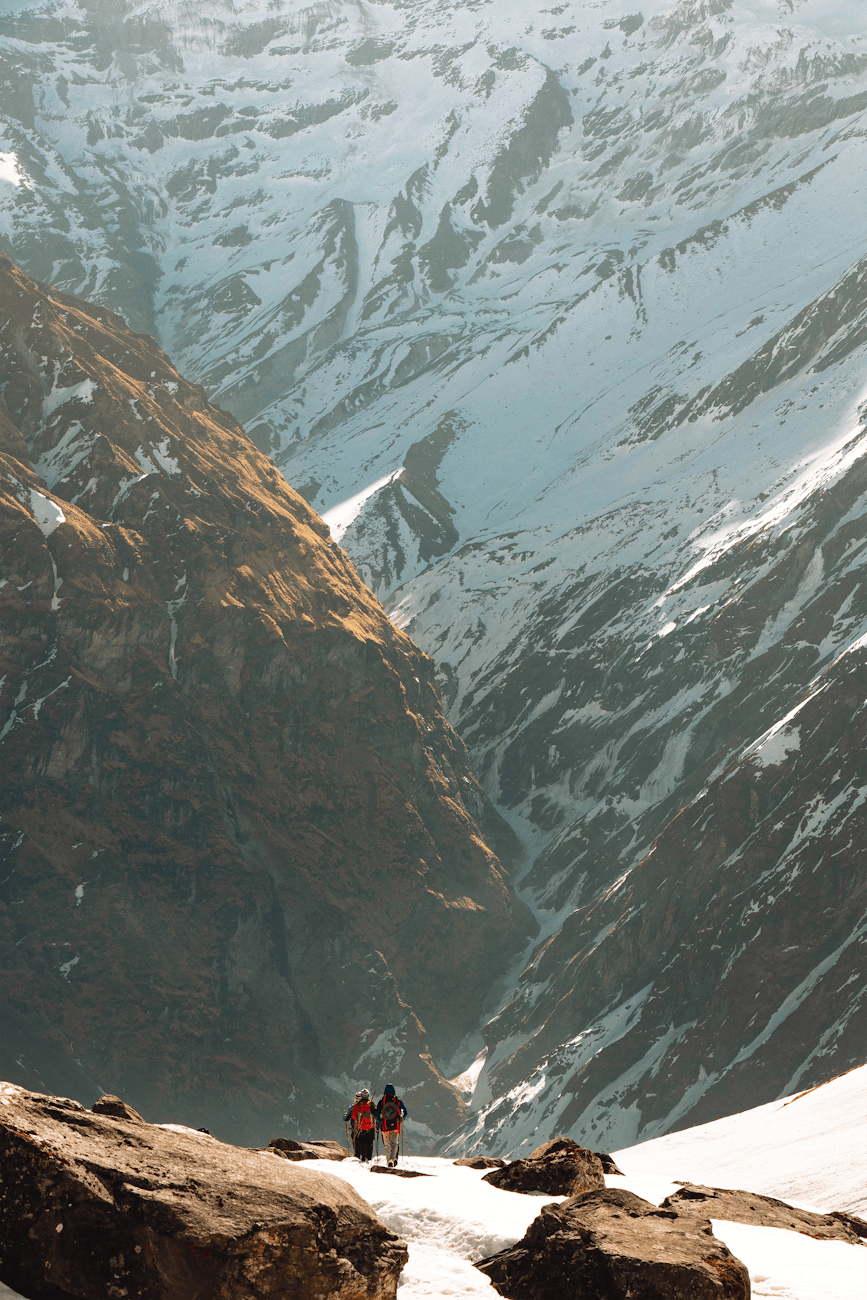
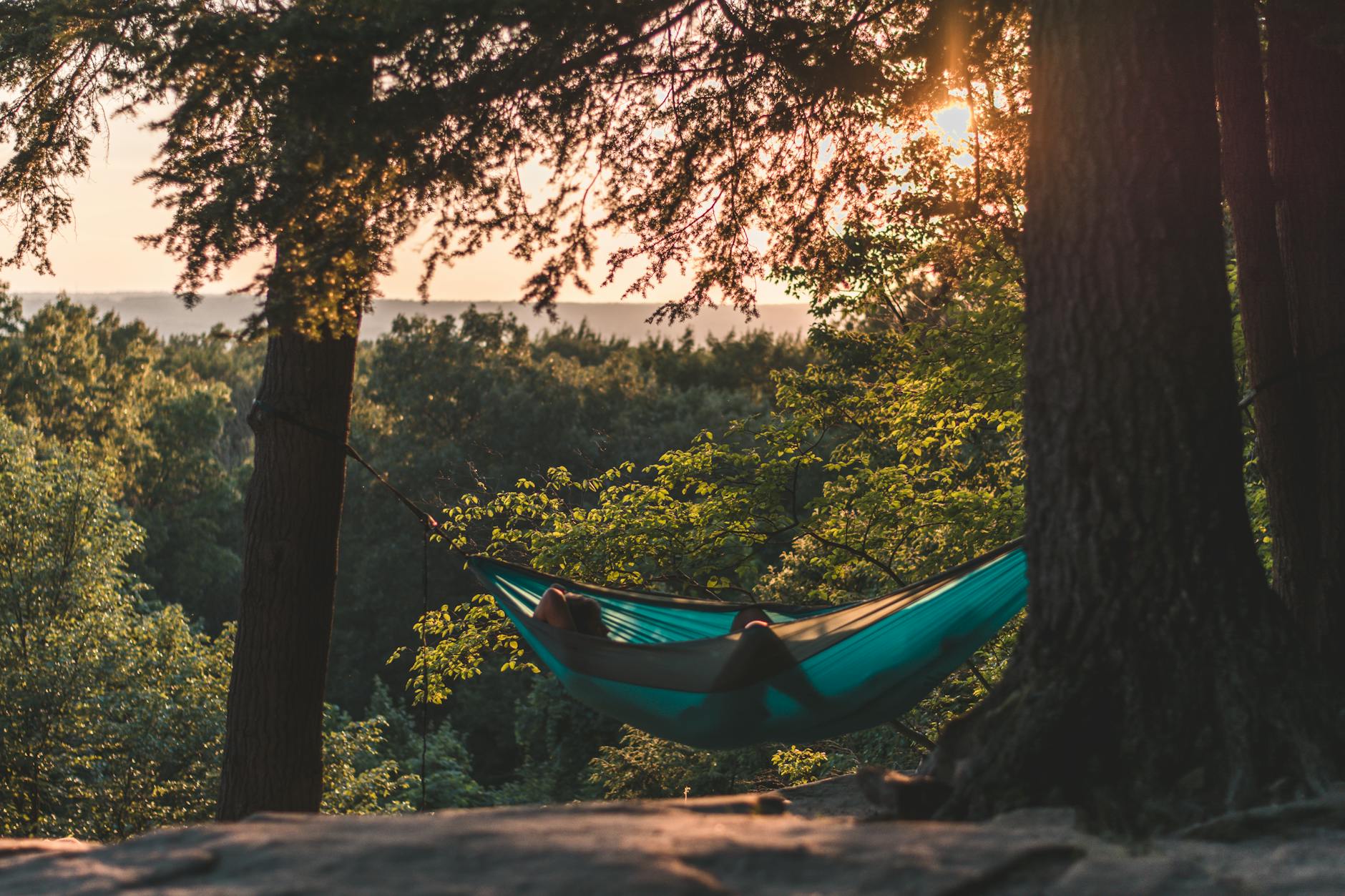




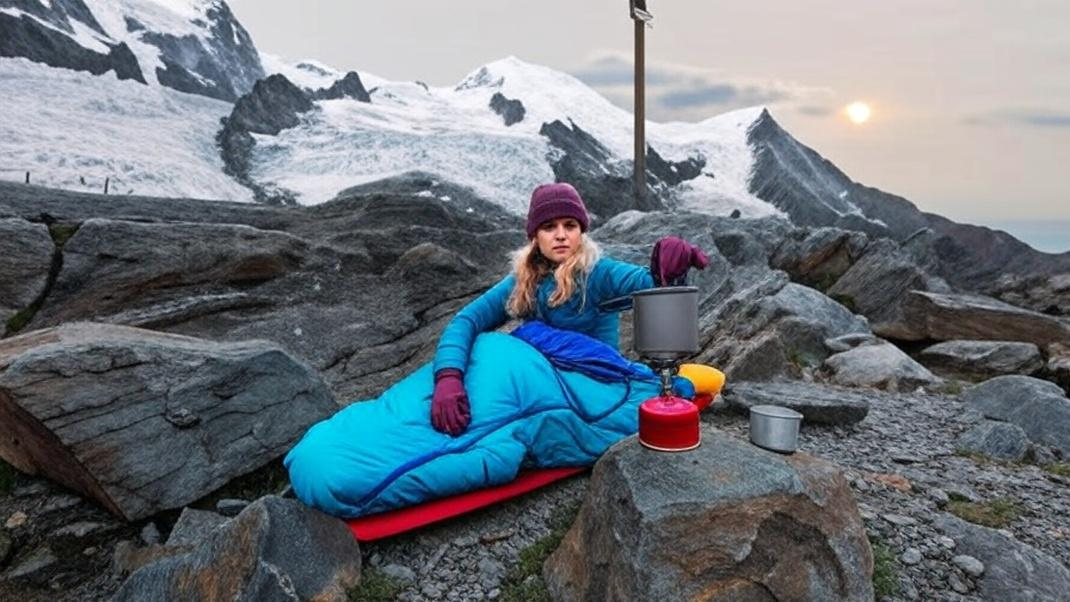
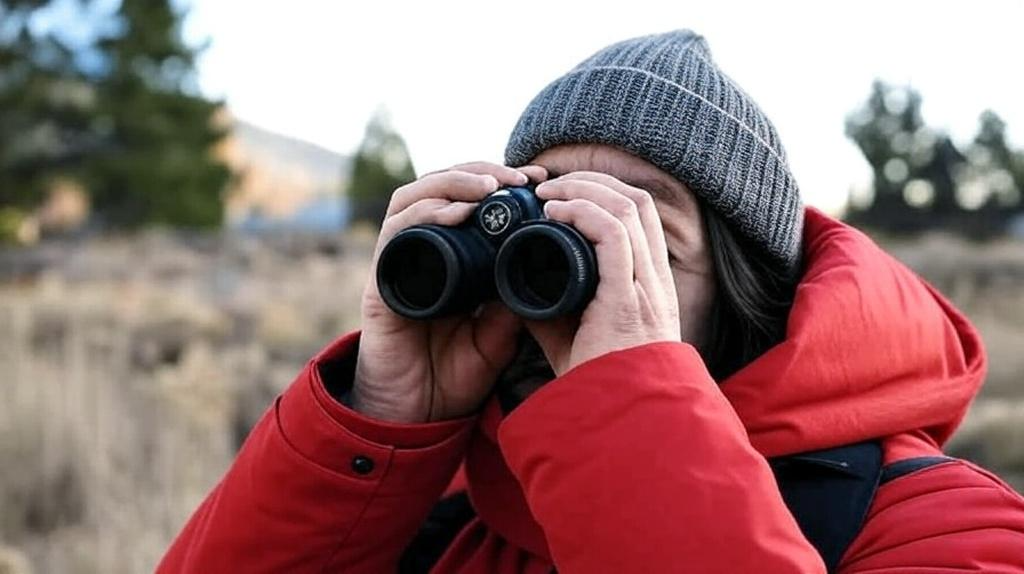



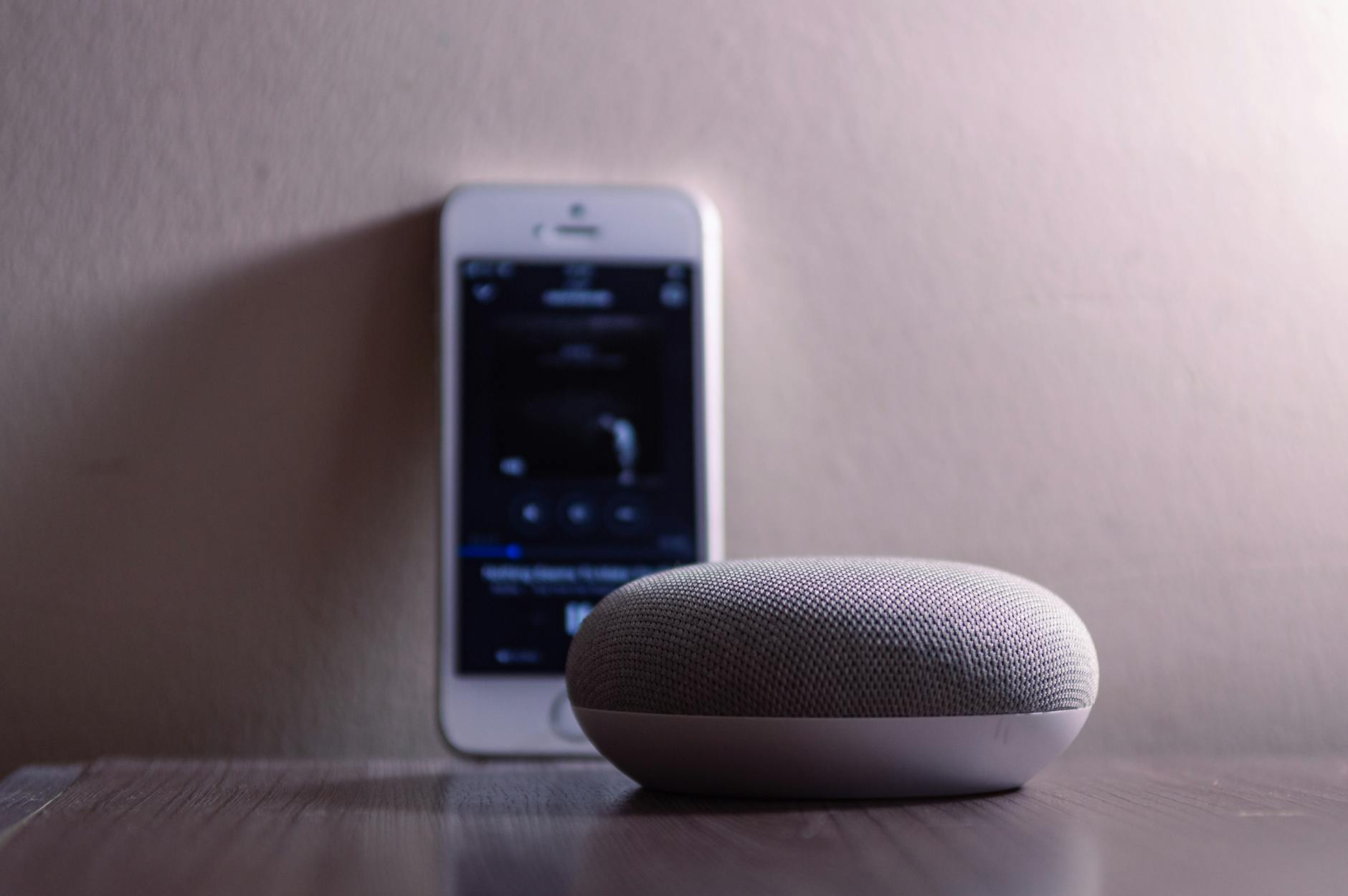
Leave a Reply